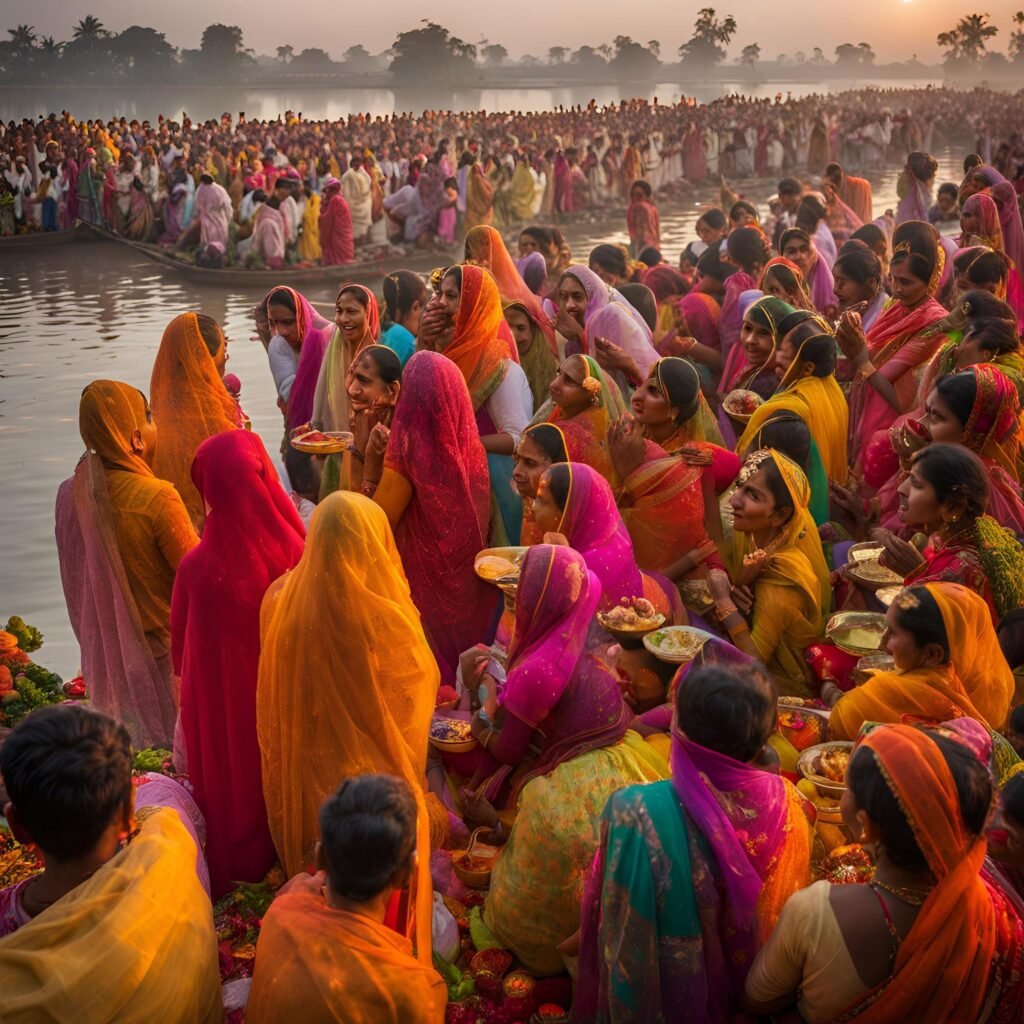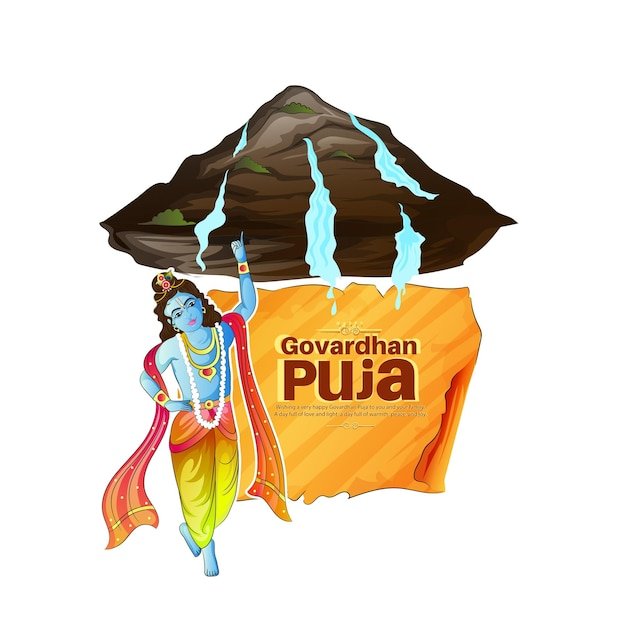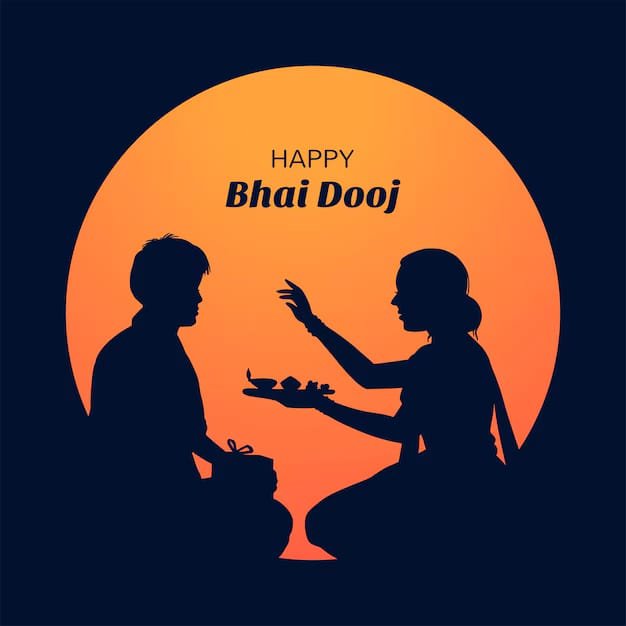
Chhath Puja 2024: Date, Time, Significance, and Rituals
Chhath Puja is one of the most revered festivals for the people in northern parts of India. This is a four-day long festival during which, fast, offer, and all rituals will be there while worshiping Surya Dev and Chhathi Maiya. Chhath Puja is enthusiastically worshipped to have every sort of blessings on being prosper in good health along with good children. Chhath Puja 2024 will be from November 6 and end on November 9. Let’s find the importance, dates, and timings along with rituals regarding Chhath Puja in detail.
Chhath Puja Dates and Timings for 2024
The four days of Chhath Puja hold different rituals, which people follow very precisely. This is the schedule for Chhath Puja in 2024:
1. Nahay-Khay (Wednesday, November 6, 2024) – This is the first day of Chhath Puja. People take a bath and have a light meal to start the one-day fast.
2. Kharna (Thursday, November 7, 2024) – Devotees observe a total fast on this day, which they break in the evening after offering Prasad, a special meal to the deities.
3. Sandhya Arghya (November 8, 2024, Friday) – People pray to the fading Sun of day in the evening, which is a very crucial part of Chhath Puja.
4. Usha Arghya (November 9, 2024, Saturday) – On the last day, people offer prayers to the rising Sun of the day by breaking the fast and finally coming out of all the festival rituals.
Importance of Chhath Puja
Chhath Puja, indeed, is a widespread festival that has its roots from Hindu traditions and culture. Although it is commonly practiced mainly in Bihar, Jharkhand, Uttar Pradesh, and the Terai districts of Nepal, it remains a very popular festival within the other parts of the Indian subcontinent and many countries worldwide. It happens to be a thanksgiving to the Sun God in regard to everything on the earth, good health as well as prosperity.
He is considered to be the source of all energies, health, and happiness in Hinduism, and the Sun God in Chhath Puja is worshipped only for his life-giving energy, hence thanks in return for all prosperity and plenty.
Chhathi Maiya is the goddess worshiped in this festival who is nature and fertility in herself and said to bless a person to have children whom they might be wishing for. Therefore, this festival becomes even more important for devotees as they fast for their family members’ well-being and get blessings for their offspring.
The Mythological Story Behind Chhath Puja
Many scriptures of Hinduism speak about the origin of Chhath Puja in association with a number of mythological tales. The most popular is that of Draupadi, wife of the Pandavas, who performed Chhath Puja seeking abundant blessings for the reinstatement of their kingdom that was once lost. Then, following her prayers, the Pandavas regained their prosperity again.
The most talked-about legend of Lord Rama and Goddess Sita is when, after their return to Ayodhya, they also gave the same Puja to the Sun God. Here, Sita did all Chhath Puja and prayed to Surya Dev, due to which they are blessed with serenity and prosperity.
Puja rituals of Chhath Puja
The rituals of Chhath Puja are quite strenuous but full of sense and meaning. The whole procedure demands complete dedication and purity from devotees. Here’s what each ritual entails, divided into days:
Day 1: Nahay-Khay
The first day of Chhath Puja is called Nahay-Khay, where the devotee bathes in a holy river or clean water. The act of bathing in rivers is symbolic of cleansing both the body and the soul. They then consume a simple meal of bhat, and poori-recipe pumpkin curry. It itself is a ritual of purifying themselves to start the fast that would be followed. A spirit of simplicity and purity characterize this meal as a holy beginning to the festival.
Day 2: Kharna
Kharna is the second day. On this day, people observe fast. They don’t even drink water throughout the day. They prepare Prasad in the evening that is rice pudding with gur and milk accompanied by chapatis. That prasad is offered to Sun God and is consumed by the devotees. From now on, fasting pilgrims neither eat anything nor do they drink water until the very last morning of Chhath Puja.
Third Day: Sandhya Arghya
On the third day, it is an evening prayer to the sun after sunset. At dusk time, devotees along with relatives go to riverbanks and other water bodies to complete rituals. The offerings, which are called Arghya, are traditional foods such as Thekua-a baked cookie made with wheat flour and jaggery, sugarcane, coconuts, and seasonal fruits kept in bamboo baskets. Devotees stand in the water and offer these items to the setting sun while praying for prosperity and happiness.
Day 4: Usha Arghya
Usha Arghya is the last day of Chhath Puja, where devotees worship the rising sun. People gather near rivers or water bodies at dawn and stand in the water to offer prayers to the rising sun. The devotees pour milk and water before the rising sun and pray for peace, happiness, and prosperity. When the prayer is over, the fast is broken and Prasad is given out to family and friends and marks the end of the festival.
Chhath Puja Offerings and Prasad
Prasad and offerings are most important in Chhath Puja. Traditional offerings such as Thekua, rice pudding, sugarcane, coconut, and various fruits are prepared and offered to Surya Dev and Chhathi Maiya. The most important of all is Thekua, and it is the most important offering which indicates devotion and purity. Each offering is prepared at home with maximum cleanliness, as it is very important for purity and sanctity during the festival.
Rules and Precautions of Chhath Puja
Chhath Puja is a very stringent festival where devotees are expected to follow strict rules of conduct and maintain an extremely clean and pure level. The major rules the devotees observe in the festival include:
1. Is strictly vegetarian diet throughout the duration of the festival.
End.
4. Maintaining silence, calmness, and a clear mind at all times during the fasting period to achieve mental calmness.
5. No ill sentiments, such as hatred, envy, or greediness.
These norms prevalent during the Chhath Puja not only cleanse the body but also bring the thoughts and soul closer to God.
Importance of Sun and Water in Chhath Puja
The Chhath Puja worships the life, health, and vitality-giving source, which is the Sun. The form of Arghya includes the act of standing in the waters. Water is a symbol of pristine purity and the embodiment of life; it removes all contaminants with a combination of the sun’s energy and that of water, bringing about physical and spiritual healing.
The practice of performing sunset and sunrise prayers together in Chhath Puja signifies the duality of life, that is, endings and beginnings. The ceremonies remind the devotees to respect the cyclical nature of life, to honor both joy and sorrow, and embrace everything in existence.
Conclusion
This Chhath Puja has elements that cut across religious barriers and emphasizes values of purification, devotion, and gratification. This ancient festival enables every individual to align with the forces of nature and venerate the forces that can sustain life. The celebrations are four days long but are filled with rigorous fastings, offerings, and rituals, which testify the strength and dedication of followers.
Let us welcome the spirit of gratitude, discipline, and devotion as we celebrate Chhath Puja. Let the blessings of Surya Dev and Chhathi Maiya bring health, prosperity, and joy to all. Happy Chhath Puja 2024!



